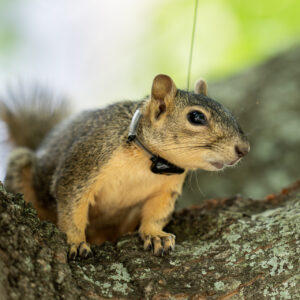TITLE:
Dryland Commercial Sorghum Variety Trial at AG-CARES, Lamesa, TX, 2000
AUTHOR:
Calvin Trostle & Jim Barber, Sorghum PROFIT, TAEX-Lubbock; John Farris, CEA-Dawson Co.; Danny Carmichael, TAES-Lubbock. c-trostle@tamu.edu, (806) 746-6101
METHODS AND PROCEDURES:
Soil Type: Amarillo fine sandy loam
Planting: June 14, 2000 on 40” rows
Previous Crop: Sorghum
Seeding Rate: ~32,000 seeds/acre with vacuum planter (about 2.0 to 2.3 lbs./acre)
Plot Set-up: Two strips per variety, approximately 800’ long
Harvest Area: Drought loss on all hybrids
Fertilizer: None
Herbicide: ?
Insecticide: None
Rainfall: See Lamesa area summary elsewhere in the AG-CARES report
Date Harvested: None
Number of Entries:22
RESULTS AND DISCUSSION:
In spite of excellent soil moisture at planting no significant grain yield was achieved in 2000 due to the severe drought. All hybrids are all medium-early to medium in maturity and were chosen to minimize duplication of genetic lines sold under different commercial names. For best indications of sorghum yields varieties should be tested over several years at more than one location.
General observations in 2000 for the AGCARES region suggest that even a single rain in late July or August would have produced grain yield provided that recommended seeding rates of 30,000-35,000 seeds/acre were followed. Too often, dryland sorghum seeding rates are too high, and higher plant population sorghum crops cannot handle drought stress as well and will underyield lower plant population sorghum crops, often substantially.
As plant populations were roughly similar a measure of potential drought tolerance may be achieved by noting the degree of heading noted in the table below.
For a three-year grain yield history of most of these sorghum hybrids at AGCARES, see the 1999 Dawson County/AGCARES report.
Table 1. 2000 AG-CARES Commercial Sorghum Variety Trial.
*Heading ratings: 1=0% (not headed), 2=1-25%, 3=26-50%, 4=51-75%, and 5=>75%





